

There are two kinds of graphics cards for PCs: dedicated and shared.
The former brings its own hardware to the party, and has always been regarded as the serious choice. The latter borrows resources from the rest of the PC, and is often seen as the compromise solution.
But does that still hold true? Or have advanced in shared graphics made a viable option for anyone? Let’s take a look.
As its name suggests, a dedicated graphics card — often also called discrete graphics — is a piece of specialist hardware dedicated solely to managing the graphics performance in a computer.
It consists of a graphics processing unit (GPU), which functions similarly to the main processor (CPU) in the computer, and its own dedicated RAM.
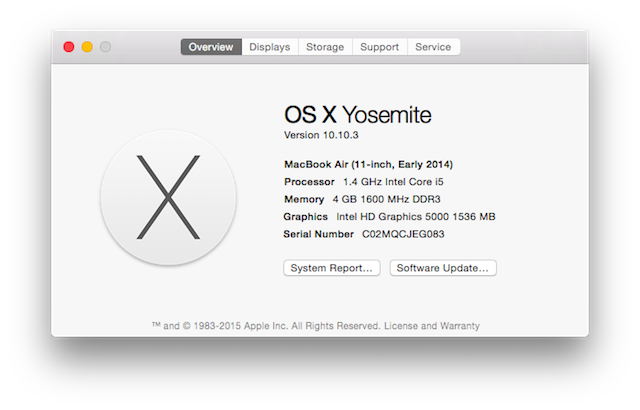
In shared — or integrated — graphics systems, these components are built into the same chip as the CPU. The memory assigned to graphics is shared with the main system memory. This means if your PC has 4GB of RAM and 1GB shared graphics memory, only 3GB of that memory will be available to general computing tasks.
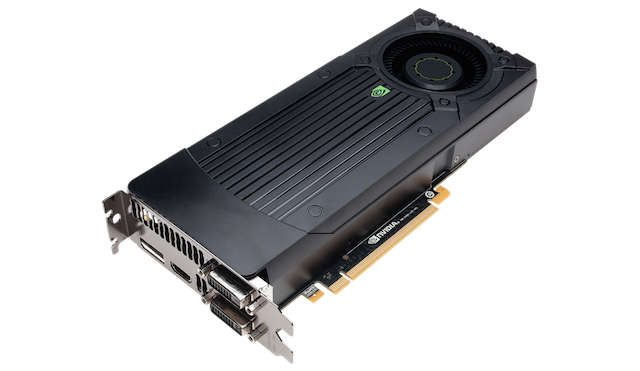
A dedicated graphics card is generally more powerful than a shared graphics system. It’s also larger, uses more power and generates more heat.
Some computers offer both shared and dedicated graphics, providing the choice between the best graphical performance or longer battery life. In these systems, you can either make the choice yourself, of the computer will decide what’s best on the fly.
The picture with regard to shared graphics has changed quite a bit over the last few years. It always used to be the case that shared graphics were the cheap option that provided no better than base level performance. It enabled PC manufacturers to leave out one of the more expensive components in a system so that they were able to meet budget price points.
They would also meet budget expectations — fine for displaying a spreadsheet or basic web page, but no use for gaming, and even playing an HD video might be a struggle.
Now, PCs and laptops are smaller than ever, and shared graphics is now a desirable feature in helping systems become smaller still.
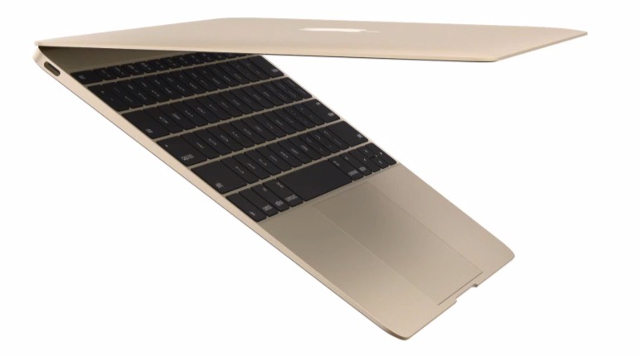
The 12-inch MacBook uses the Intel Core M processor with Intel HD 5300 Graphics. It is just 13.1mm thin, is fanless and runs on low power; in return, you’ll get battery life that lasts through the working day. None of these points would be possible if a dedicated graphics chip was in use.
But with prices starting at $1,299 it’s also far from a budget system.
In fact, almost all of Apple’s MacBook range has dedicated graphics, as do half of its iMac desktop machines, plus Microsoft’s Surface Pro 3 and a whole host of high-end Windows Ultrabooks.
Shared graphics are no longer the cheap option.
Benchmarks from the test site VideoCardBenchmark.net put Intel’s HD 5200 and 6000 graphics from its fourth generation processors firmly in line with dedicated mid-range cards that are priced around the $100 mark.
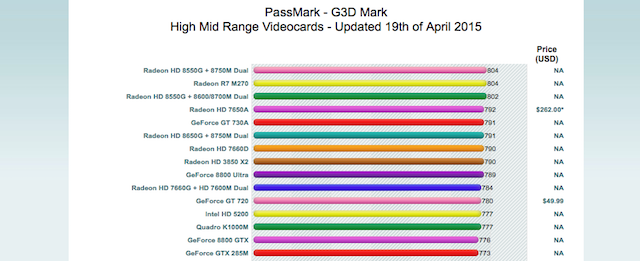
Intel’s own data says that this amounts to a 35 percent increase in graphics performance over the previous generation, and 75 percent compared to systems from 2006.
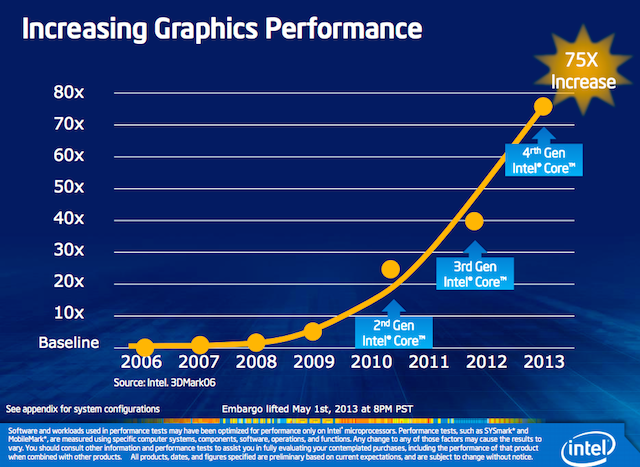
A decent high-end card, by comparison, would cost maybe four to five times this, with NVIDIA GeForce GTX Titan X priced at around $1000.
The upshot is that a modern processor offering shared graphics is now capable for more than displaying static images on screen, with the added benefits of the lower power usage.
So, while you’ll still want a dedicated graphics card for serious 3D gaming, a growing number of gamers are finding that shared graphics are good enough.
Steam, the leading online game platform, releases monthly surveys showing the hardware and software that its 125 million customers are using.
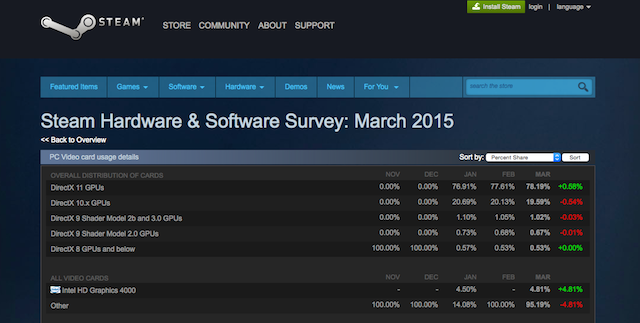
The March 2015 survey showed that the single most popular graphics card was the shared Intel HD Graphics 4000, while Intel’s shared graphics systems in total are used by almost 20 percent of players on Steam.
This could improve further, too. Intel has teamed up with Raptr, a utility that can optimise games for each graphics card. It is able to balance detail and frame rate to produce better performance than you would achieve through the standard settings.
NVIDIA and ATI’s dedicated cards still lead the way on Steam, with around 51 and 28 percent respectively. The NVIDIA GeForce GTX 760 is the leading dedicated card. That’s priced in the region of $400.
Some of the long held opinions about the merits of shared and dedicated graphics cards still hold true, and some don’t.
It’s absolutely true that you need a dedicated card for serious graphics use, whether it’s 3D gaming at the highest resolution and frame rate, video editing or graphic design. It’s less important for other graphics-based work such as photo editing: Lightroom 5 doesn’t support GPU acceleration, for example.
And it’s also true that a dedicated graphics card will show you an improvement in other areas, such as complex 2D games.
But shared graphics no longer deliver the bare minimum of performance. For day to day uses, like web, office apps, video watching and even some 3D games (at lower resolutions), it is now more than good enough.
For laptops especially, the smaller size and lower power consumption give shared graphics benefits that far outweigh those offered by a dedicated card.
Does your computer have shared or dedicated graphics? Can you play games on a computer with shared graphics — and, if so, which ones? Let us know your thoughts in the comments.
Image credits: ATI via tangi bertin, Intel performance chart via intel.com




 Top 10 Best Minecraft Mods
Top 10 Best Minecraft Mods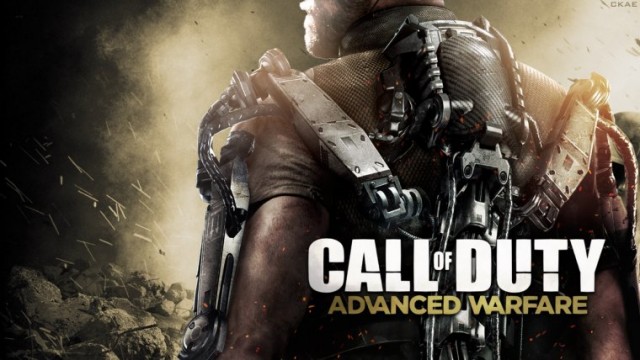 How To Reach Higher levels Faster in Call of Duty Advanced Warfare, Tips and Tricks
How To Reach Higher levels Faster in Call of Duty Advanced Warfare, Tips and Tricks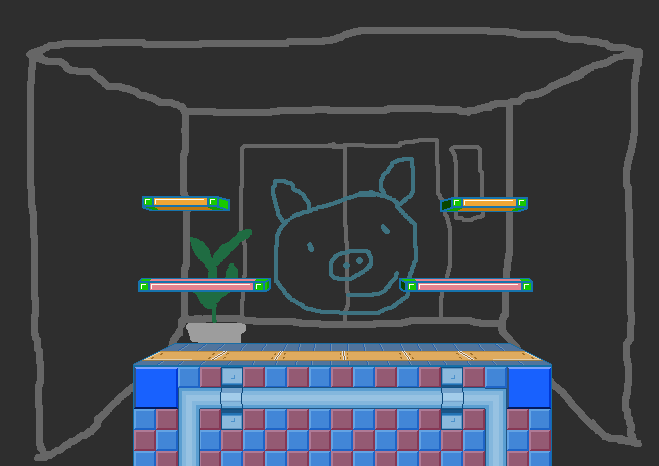 Super Smash Bros. 3DS Secret Stages Unlocking Guide
Super Smash Bros. 3DS Secret Stages Unlocking Guide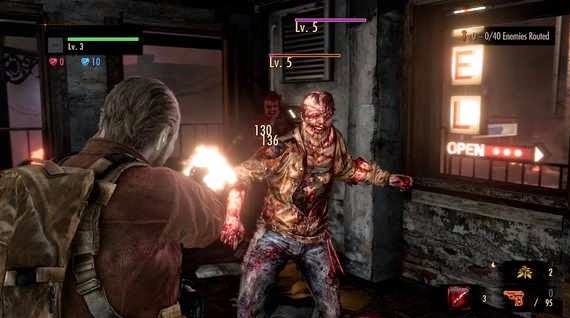 Resident Evil: Revelations 2 gameplay review
Resident Evil: Revelations 2 gameplay review Tomb Raider: Collectible Challenges Guide
Tomb Raider: Collectible Challenges Guide